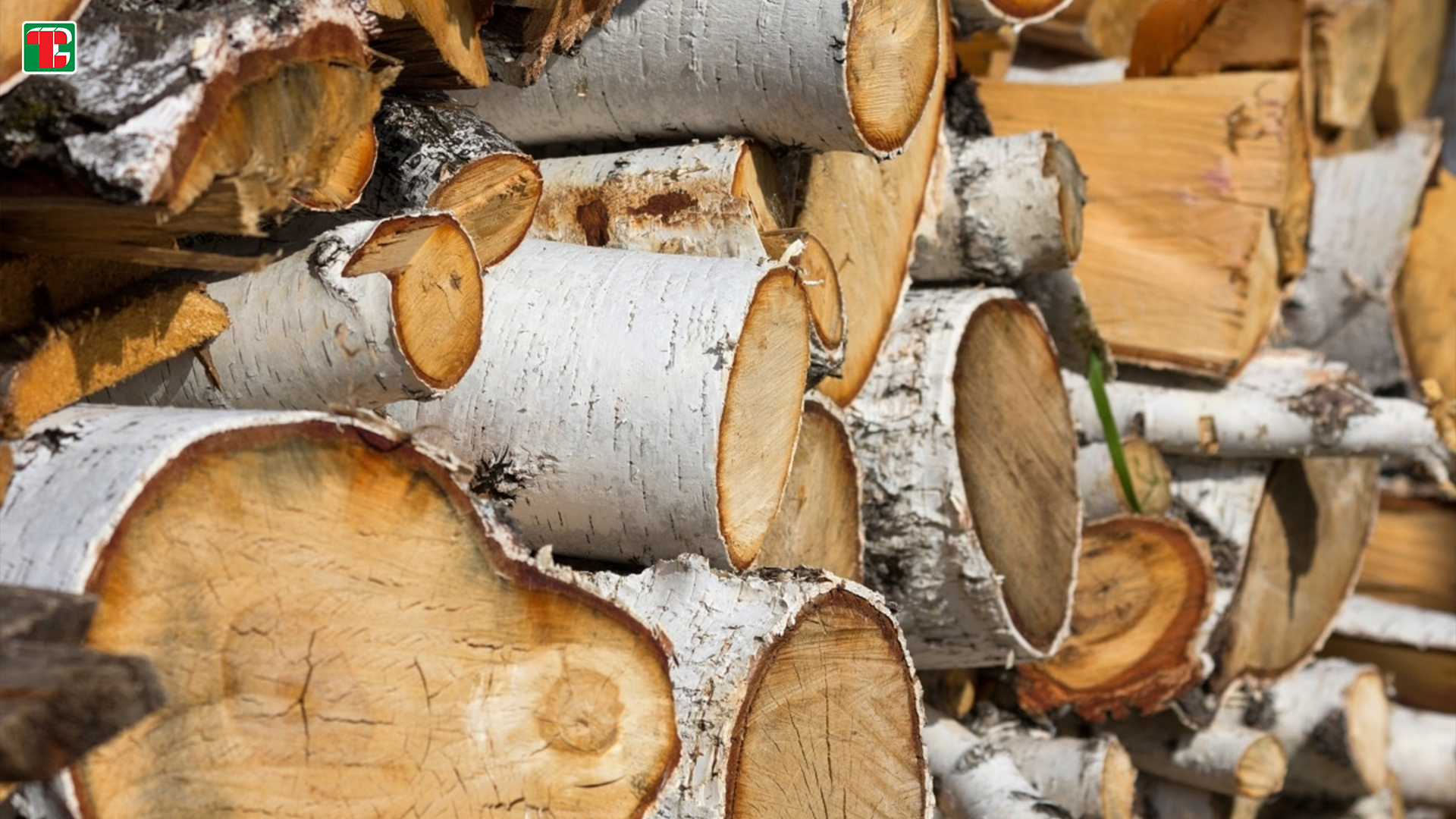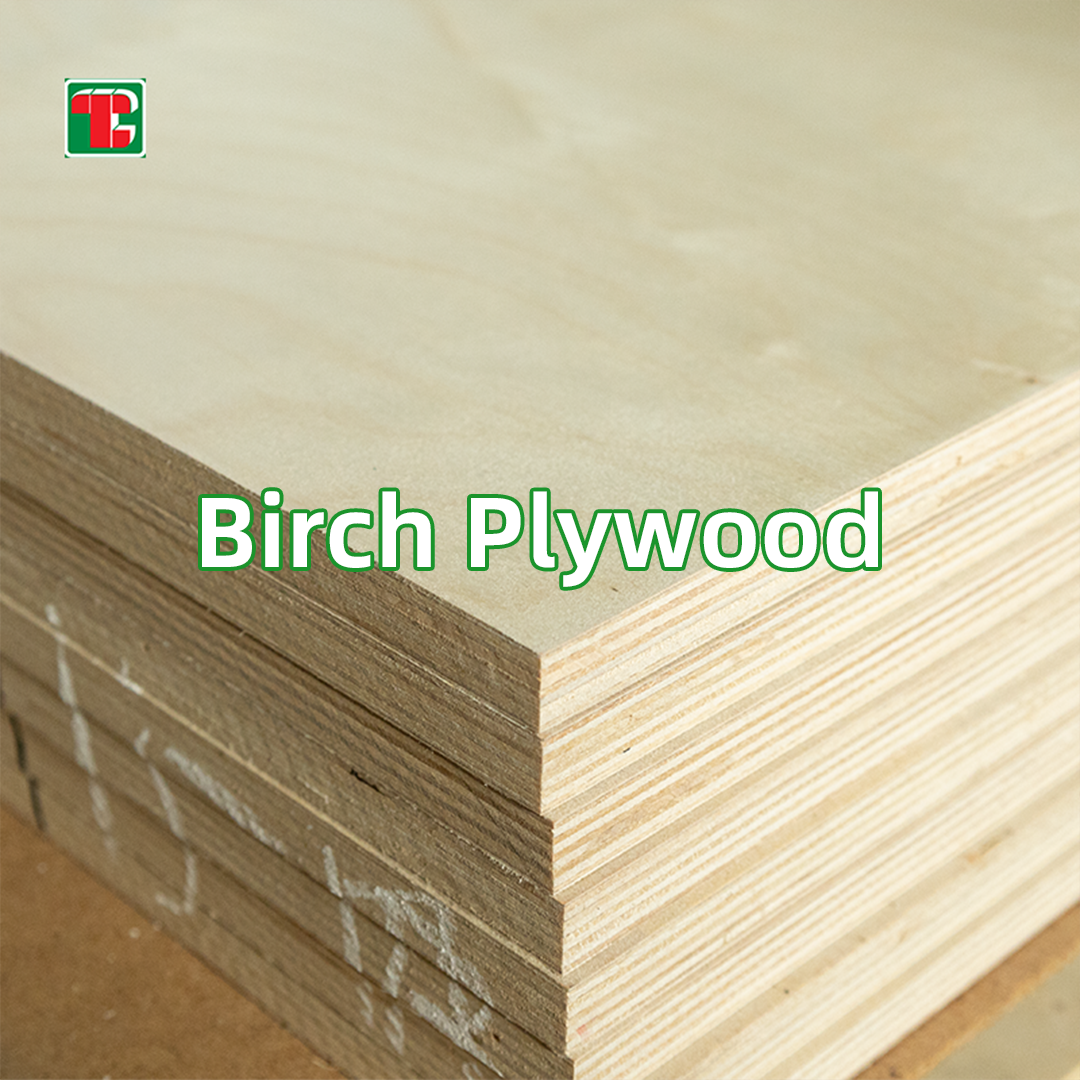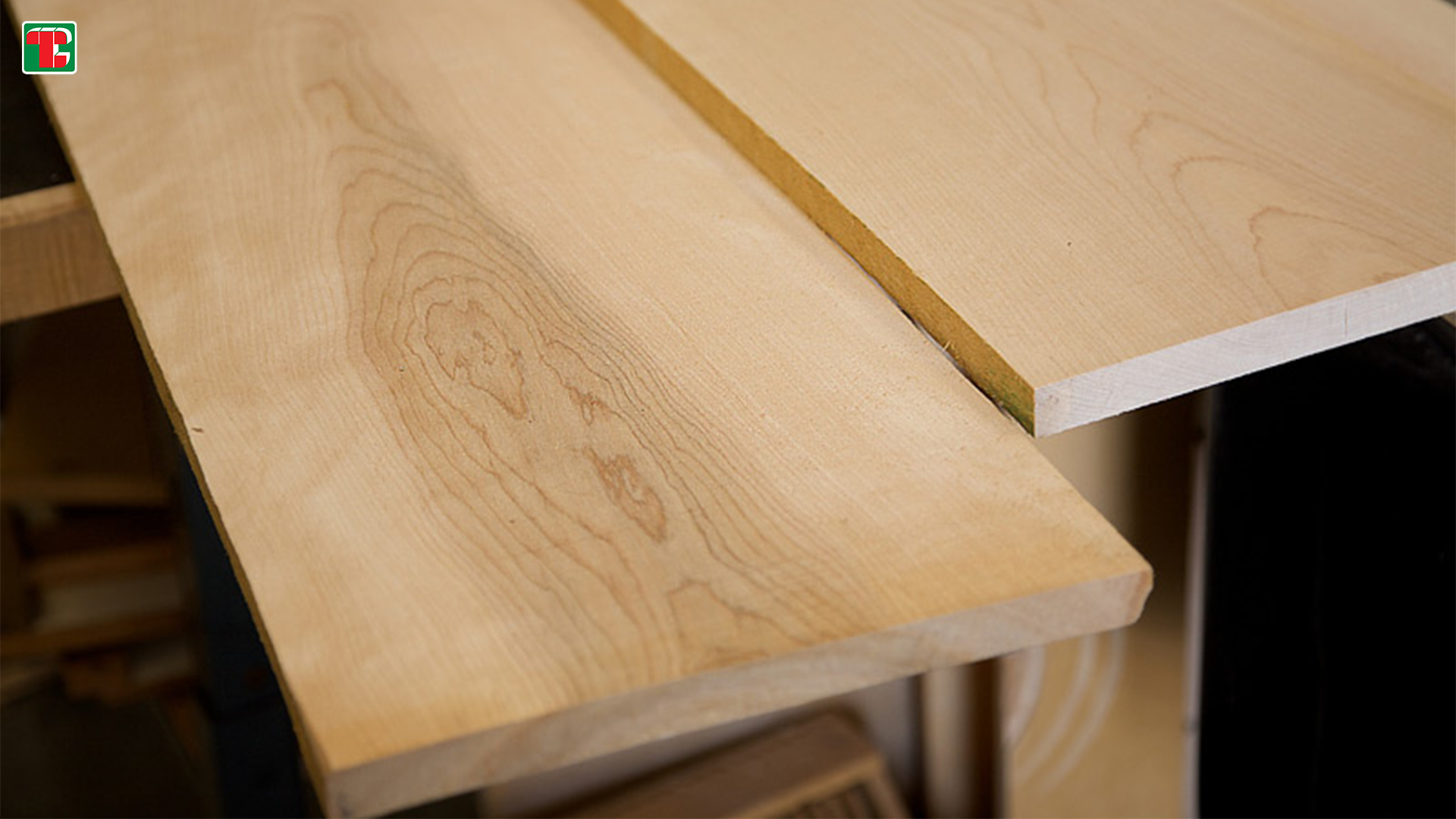Birch wood is a common hardwood, typically referring to white or yellow birch. They grow in temperate regions of the Northern Hemisphere and have a wide range of uses in furniture making, flooring, crafts, and building materials. Birch wood often has a uniform grain and a light yellow to pale brown color, making it ideal for decorative woodworking and furniture making. This type of wood is also widely used for grilling and smoking food, as the smoke it releases imparts a unique smoky flavor to meats and fish.

Physical Properties of Birch Wood: A Northern Hardwood
Geographic Presence:
Birch wood, derived from various birch tree species, is notably common in Northern regions, including North America and Northern Europe. Its prevalence in these colder climates contributes to the unique characteristics that define birch wood.
Hardness:
Birch wood is recognized for its substantial hardness, boasting a Janka hardness rating of 1,470 pounds. This high hardness level makes birch a durable and robust material, suitable for a variety of applications where strength is a crucial consideration.
Texture and Color:
A defining feature of birch wood is its coarse texture, providing a tactile experience that is distinctive and characteristic. The wood's grain pattern is typically straight, and the color palette ranges from a light yellowish hue to a golden-brown. This light and warm color contribute to birch wood's aesthetic appeal, making it a popular choice for various woodworking projects.
Versatility in Application:
Due to its combination of hardness, coarse texture, and appealing color, birch wood finds application in a wide range of woodworking endeavors. From furniture to cabinetry and beyond, birch's physical properties make it a versatile material suitable for diverse projects.

Moisture Resistance and Pest Susceptibility of Birch Wood
Moisture Resistance:
Birch wood, while possessing notable qualities, is less water-resistant compared to certain hardwoods like eucalyptus. This characteristic makes birch more susceptible to the detrimental effects of moisture, including potential issues such as rot and decay. It's important to exercise caution when considering birch wood for applications exposed to high humidity or constant moisture.
Rot and Decay Vulnerability:
The susceptibility of birch wood to rot and decay is an aspect that requires careful consideration. In environments where exposure to moisture is prevalent, birch may require additional protective measures, such as sealants or finishes, to mitigate the risk of deterioration over time. Proper maintenance and timely interventions can contribute to extending the lifespan of birch wood in such conditions.
Insect Infestations and Pore Size:
Birch wood's vulnerability to insect infestations is influenced by its relatively large pores. Insects, particularly wood-boring varieties, may find the larger pores of birch wood more accommodating. This makes it important to take preventive measures to protect birch wood from potential pest issues, especially in regions where wood-boring insects are prevalent.

Appearance and Staining Challenges of Birch Wood
Grain Pattern:
Birch wood is characterized by a light and straight grain pattern, occasionally displaying a subtle waviness. This grain pattern contributes to the overall visual appeal of birch wood, providing a distinct and natural look. The combination of the light color and straight grain makes birch a popular choice for those seeking a clean and classic aesthetic in their woodworking projects.
Staining Challenges:
Despite its attractive grain pattern, birch wood presents challenges when it comes to staining. Staining birch wood can be a complex task, and the results may not always meet expectations. One of the common challenges associated with staining birch is the potential for a blotchy and uneven appearance. The wood's pores, which may absorb stain unevenly, contribute to this challenge.
Strategies for Staining Birch:
To overcome staining challenges with birch wood, woodworkers often employ specific strategies. Pre-stain conditioners or wood conditioners are commonly used to promote more even absorption of stain, minimizing blotchiness. Additionally, selecting the right type of stain and applying it carefully can help achieve a more consistent and desirable finish.
Applications of Birch Plywood: A Versatile Material for Various Projects
Furniture:
Birch plywood is widely utilized in the crafting of furniture. Its durability, strength, and pleasing grain pattern make it suitable for a range of furniture pieces, including tables, chairs, cabinets, and more. Birch plywood's versatility allows for both contemporary and classic designs, catering to diverse furniture styles.
Cabinetry:
Birch plywood finds extensive use in the construction of cabinetry. Its stable and sturdy nature makes it an ideal choice for kitchen cabinets, bathroom vanities, and other storage solutions. The light color of birch also provides a neutral backdrop that can complement various interior design schemes.
Walling and Ceilings:
Birch plywood serves as a practical and aesthetic material for walling and ceilings. Its smooth surface and consistent appearance make it an attractive choice for interior applications, contributing to a clean and polished look. Birch plywood can be employed in residential, commercial, and industrial settings to create visually appealing wall and ceiling structures.
Formwork:
Due to its strength and durability, birch plywood is commonly used in formwork for concrete construction. It provides a stable and reliable surface for molding concrete structures, ensuring precision and strength in the finished product. Birch plywood's resistance to warping and twisting enhances its suitability for formwork applications.
Structural Applications:
Birch plywood extends its utility to some structural applications. Its robust composition and ability to withstand various stresses make it suitable for projects where structural integrity is crucial. While not a primary structural material in all cases, birch plywood can contribute to the strength and stability of certain structures.

In conclusion, birch wood stands out as a versatile and durable material with distinct physical properties that make it suitable for a wide range of applications. From furniture crafting to formwork and structural uses, birch wood offers strength, appealing aesthetics, and functionality. However, its susceptibility to moisture and pest issues requires careful consideration and proactive protective measures in certain environments. Despite the challenges associated with staining, the natural grain pattern of birch wood adds an elegant touch to woodworking projects. With its prevalence in Northern regions and its myriad of applications, birch wood continues to be a valuable asset in various industries.
Post time: Dec-14-2023







